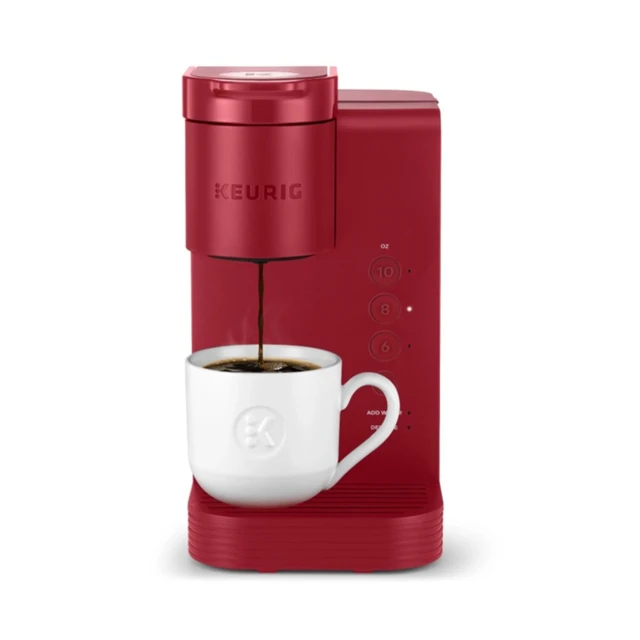
Introduction
Keurig coffee makers have transformed the way we brew our coffee, providing convenience and speed. However, like any electronic device, they can encounter issues over time, one of which is keurig wont turn on. If you’re experiencing this frustrating problem, you’re not alone. Many users have faced similar challenges, and in this comprehensive guide, we will explore the potential reasons behind your Keurig not powering on and how to troubleshoot the issue effectively.
Understanding Your Keurig Machine
Before delving into potential solutions, it’s essential to understand the basic components of your Keurig machine. These coffee makers typically comprise several critical parts, including the water reservoir, heating element, and brewing chamber. When any part of the machine malfunctions, it can prevent the entire system from working correctly.
Common Reasons Your Keurig Won’t Turn On
There can be various reasons for your Keurig not turning on, ranging from minor malfunctions to significant electrical issues. Below, we’ll explore some common causes.
1. Power Supply Issues
Sometimes, the reason your Keurig won’t turn on is as simple as an issue with the power supply. This could include the following:
- Unplugged or Loose Power Cord: Ensure that the power cord is securely connected to both the outlet and the coffee maker.
- Faulty Electrical Outlet: Test the outlet by plugging in another device. If it doesn’t work, the outlet may need to be replaced.
- Power Surges: Power surges can damage or disrupt the internal circuits of your coffee maker.
2. Internal Component Failures
Like all machines, Keurig coffee makers have internal components that can fail over time. A few components that may cause your machine not to function include:
- Heating Element Failure: The heating element is crucial in boiling water for your coffee. If it malfunctions, the machine may not turn on.
- Motherboard Issues: The motherboard controls various functions. If it becomes damaged, the machine may fail to power on.
- Sensors: Certain sensors detect the presence of water or coffee pods. If they malfunction, your Keurig may not start.
3. Clogged Water Lines
If water cannot flow through the machine, it won’t be able to operate effectively. A clogged water line could lead to a machine that won’t turn on. Issues can often arise from:
- Mineral Buildup: Over time, minerals from water can accumulate and create blockages.
- Coffee Grounds: Coffee grounds can sometimes find their way into water lines, causing clogs.
4. External Factors
While less common, external factors such as environmental conditions and maintenance can also affect your Keurig’s ability to turn on:
- Humidity and Temperature: Extreme changes in humidity or temperature can impact electronic devices.
- Maintenance Neglect: Lack of regular maintenance may lead to internal issues that accumulate over time, ultimately affecting performance.
Troubleshooting Steps
If your Keurig won’t turn on, following these troubleshooting steps may help you identify and resolve the issue.
Check the Power Source
The first step in troubleshooting your Keurig is to ensure that it has a reliable power source. Double-check the power cord connections and plug the machine into a different electrical outlet.
- Unplug and Re-plug: Unplug the machine, wait for a minute, and then re-plug it. This might reset any temporary issues.
- Test the Outlet: If keurig wont turn on after that, test the electrical outlet using another device. If that devices works, the outlet is fine. If not, consider having an electrician assess the outlet.
- Use a Different Surge Protector: If you are using a surge protector, try plugging your Keurig directly into the wall to rule out any issues with the protector.
Inspect the Power Cord
Next, examine the power cord for any visible damage:
- Frayed or Damaged Wire: If you find any exposed or damaged wires, the cord may need to be replaced.
- Connection Points: Ensure the connectors at both ends are stable and secure.
Examine Internal Components
If the power source checking doesn’t yield results, the next step is to assess the internal components:
- Check for Water Damage: Look for any signs of water leakage, as this could cause internal damage.
- Look for Loose Connections: If you are comfortable doing so, open up the machine to check for any loose wires or connections.
- Seek Professional Help: If you’re uncertain about opening the machine, it may be best to consult a technician or contact Keurig’s customer service.
Descale the Machine
If you suspect that a clog could be the cause of the issue, descaling your machine might do the trick. This involves removing mineral deposits that can build up over time.
- Prepare a Descaling Solution: You can either buy a dedicated descaling solution or use a mixture of equal parts water and white vinegar.
- Run the Descaling Cycle: Follow the instructions in your user manual on how to properly descale your machine, ensuring that all components are effectively cleaned.
Factory Reset
If your Keurig model supports it, consider performing a factory reset. This will restore all settings and may resolve any software-related issues causing the machine to malfunction.
- Refer to the Manual: Refer to your user manual for specific instructions on how to perform a factory reset.
- Follow All Steps: Ensure you follow all steps carefully to reset the machine completely.
Customer Support
If none of the above troubleshooting steps work, it may be time to reach out to Keurig customer service for further assistance. They may have additional insight or pertain to any recalls or issues specific to your model.
Preventative Maintenance Tips
After troubleshooting your Keurig, it’s essential to adopt consistent preventive measures to avoid future problems.
Regular Cleaning
Keeping your machine clean not only ensures better performance but also extends its lifespan. Consider the following:
- Weekly Maintenance: Clean external parts and spray areas with a non-abrasive cleaner.
- Monthly Descaling: Depending on your water quality, perform monthly descaling to handle mineral buildup.
Proper Usage
Always follow the manufacturer’s instructions for use:
- Use the Correct Water Type: Use filtered water whenever possible to minimize mineral deposits.
- Store Properly: If you don’t plan to use the machine for an extended period, store it in a cool, dry place.
Avoid Overusing
Overusing your machine can lead to increased wear and tear. Take breaks between brews to allow the components to cool down, reducing the risk of overheating.
 When to Seek Professional Help
When to Seek Professional Help
After performing your troubleshooting and maintenance efforts, if your Keurig still does not turn on, it may be time to consider seeking professional assistance. Sometimes, electrical issues can be severe and require specialty tools or parts that aren’t easily accessible to the average consumer.
Local Repair Shops
Look for local appliance repair shops that specialize in coffee machines. These technicians often have the experience and knowledge to diagnose and fix the problem efficiently.
Manufacturer Support
If your unit is under warranty, consider reaching out to Keurig’s customer support. They can assist in diagnosing the issue and provide repair or replacement options as needed. Always check your warranty status before seeking independent repairs, as self-service may void your warranty.
Conclusion: keurig wont turn on
Keurig wont turn on can be frustrating, but with systematic troubleshooting, you can identify and potentially resolve the issue on your own. By understanding common problems, following a structured approach to troubleshooting, and implementing proper maintenance practices, you can enjoy many more cups of delicious coffee without further interruptions.
No one wants a broken coffee maker, especially when you depend on it for your daily routine. Remember that sometimes, seeking professional help is your best option when dealing with complicated electronic malfunctions. Engaging with customer support can provide more specialized assistance tailored to your specific model, ensuring you get your Keurig back in action as smoothly as possible.
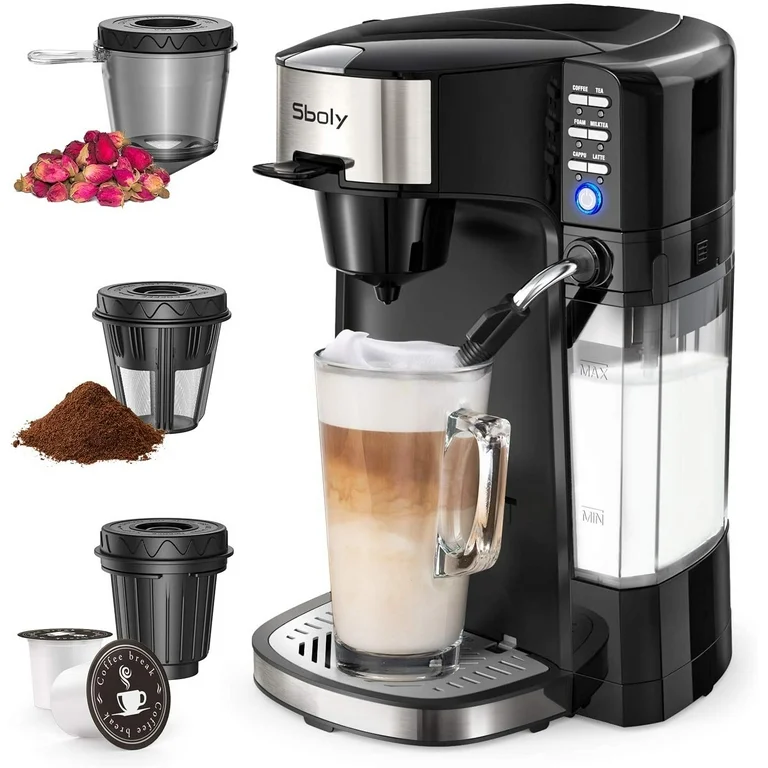
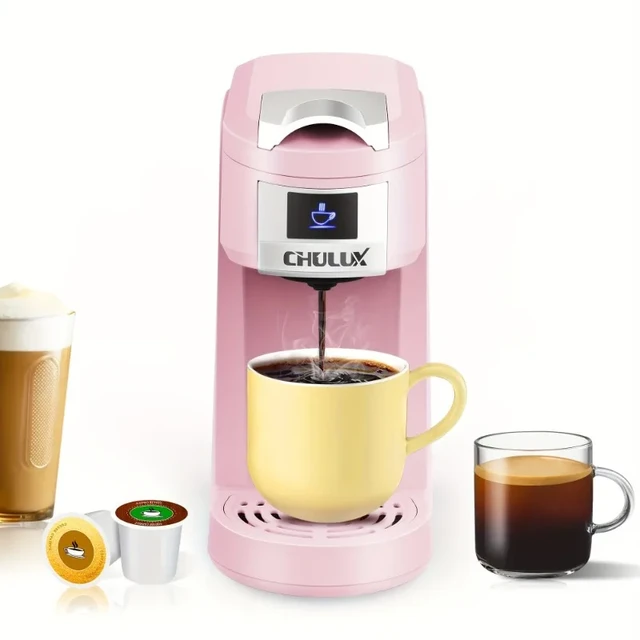
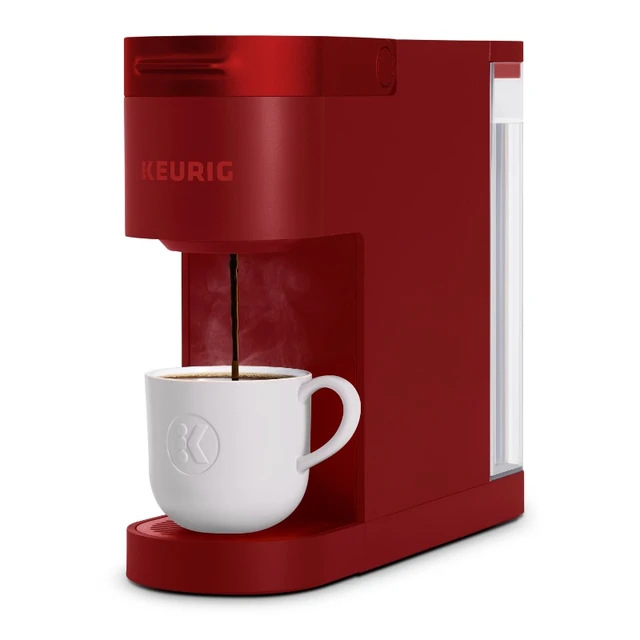
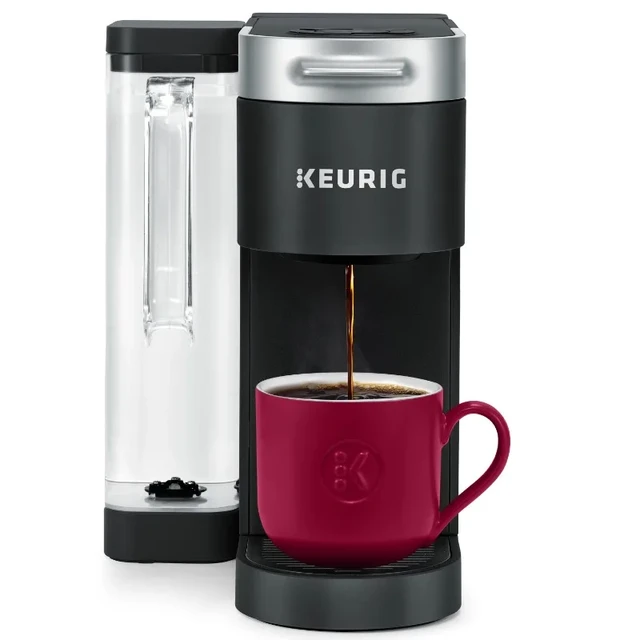
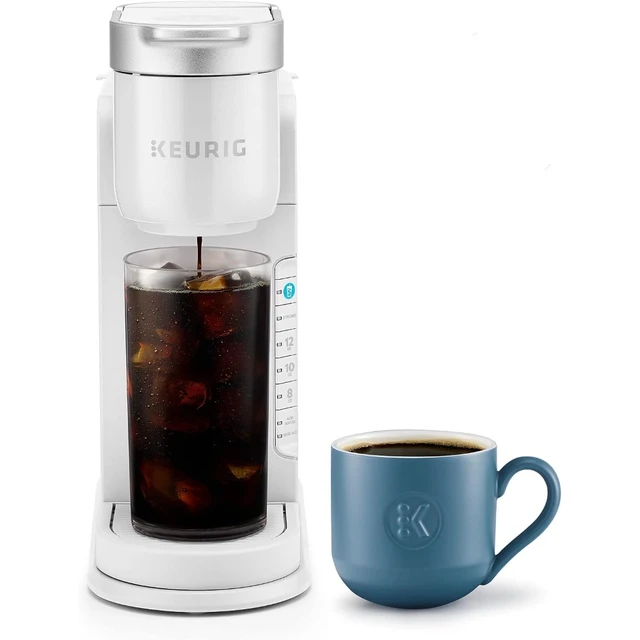
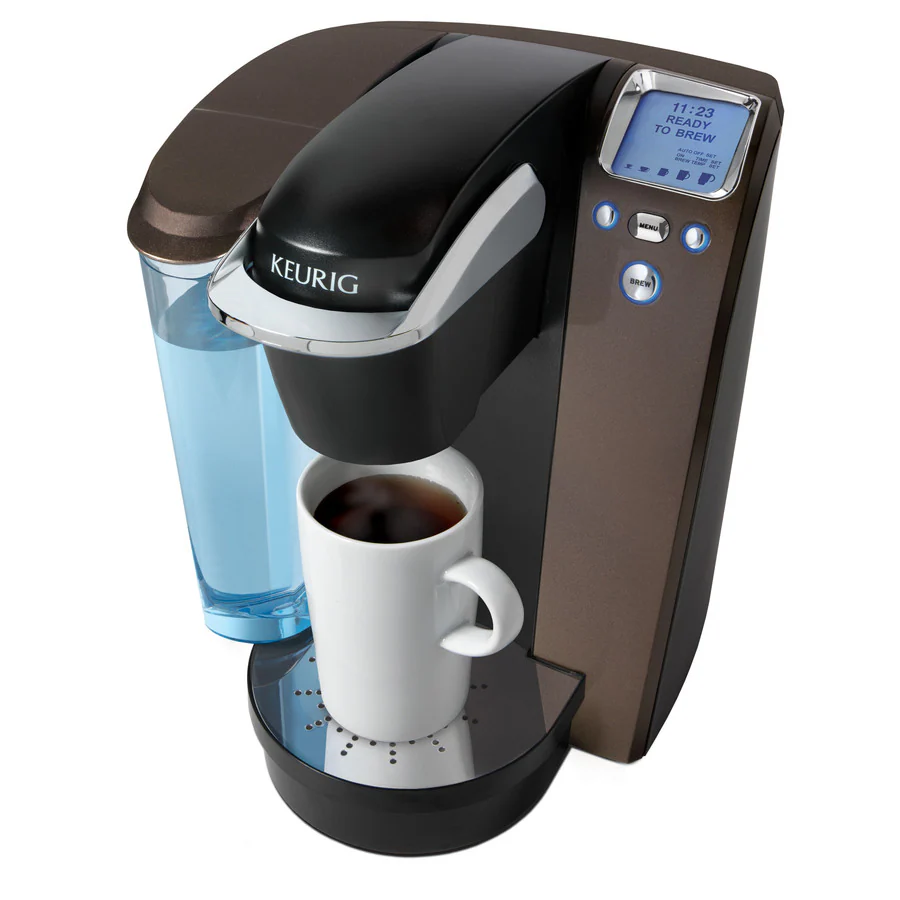
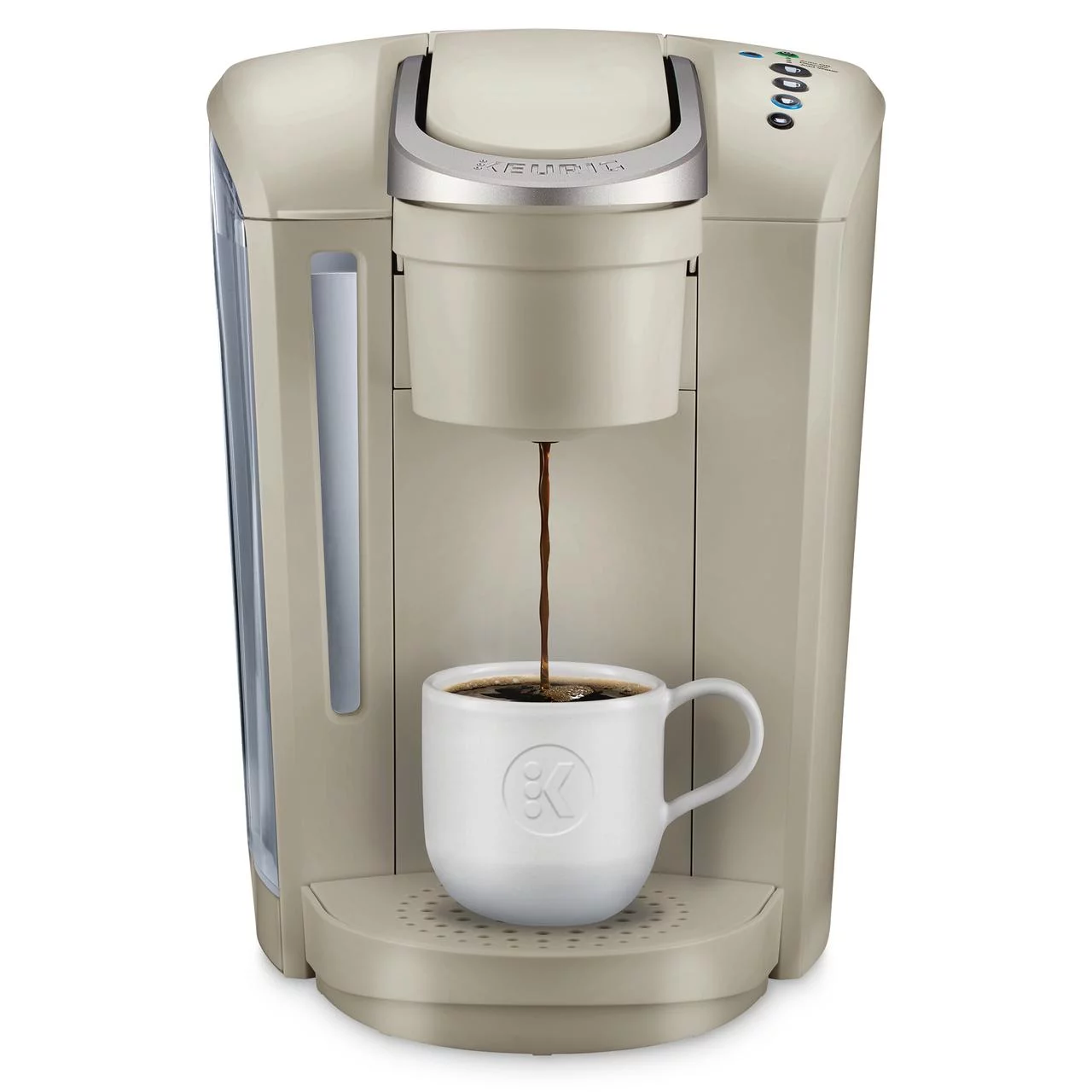
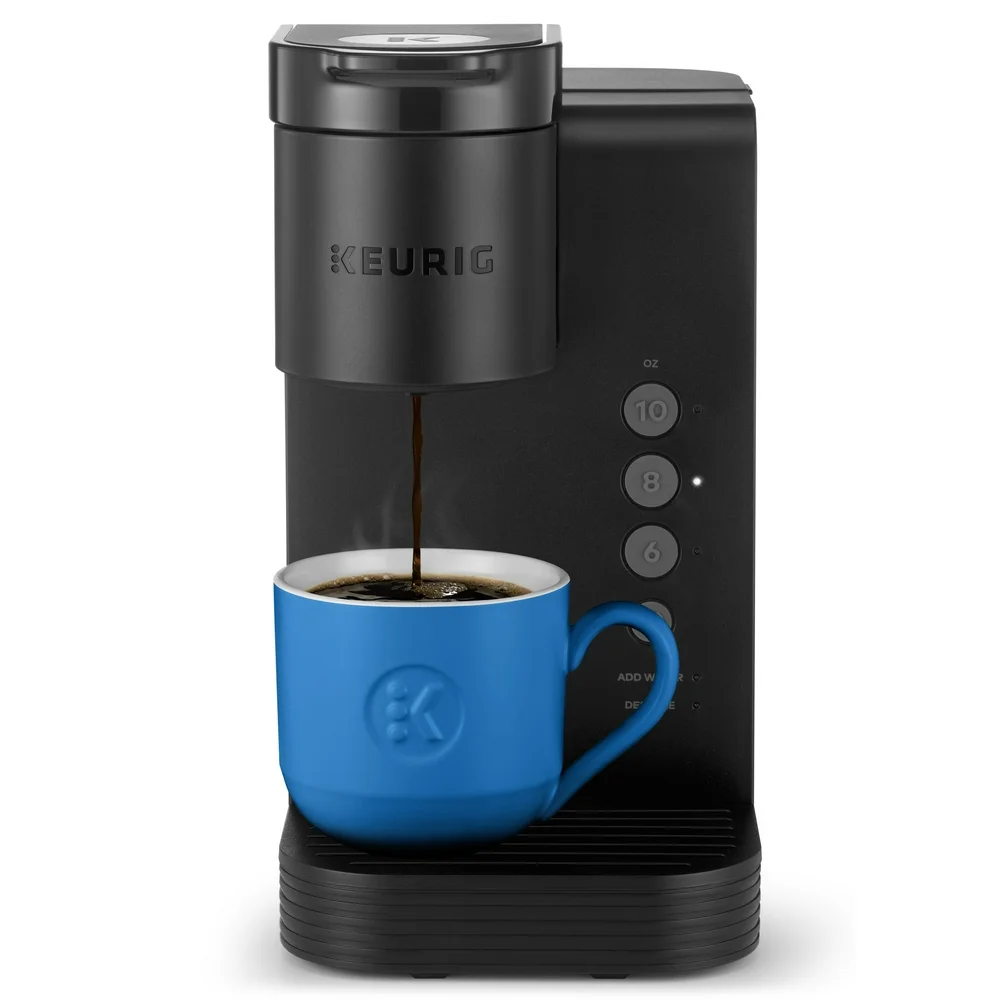
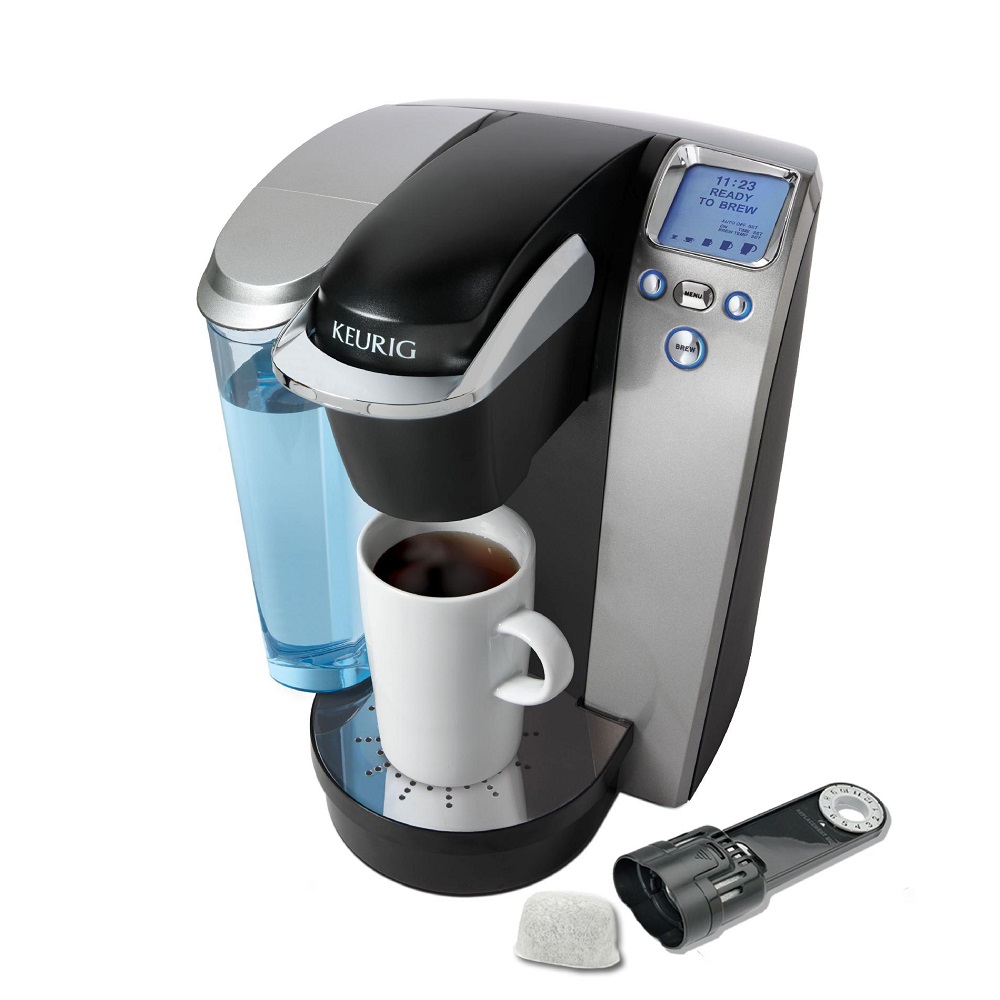 Software Updates
Software Updates